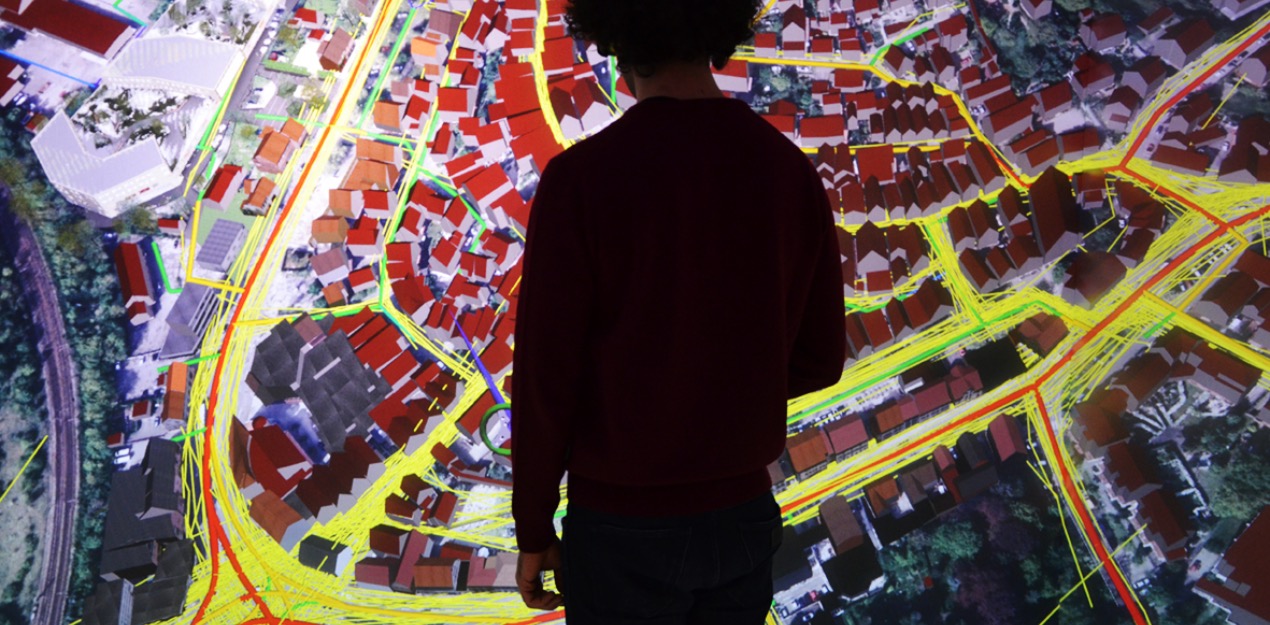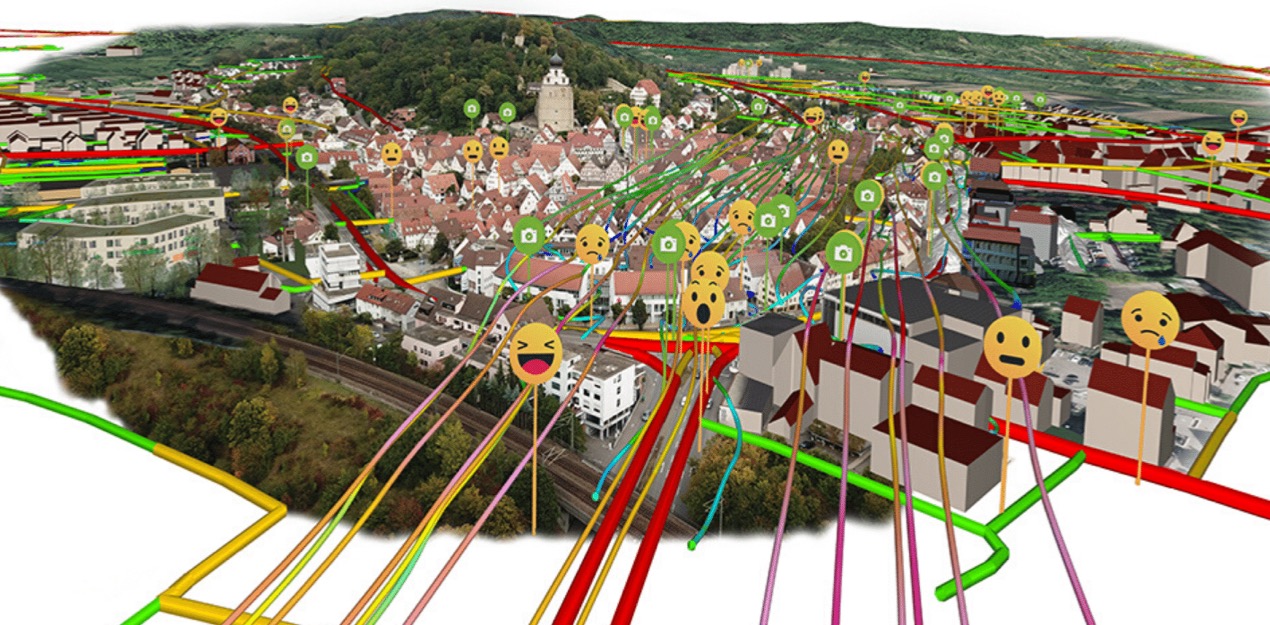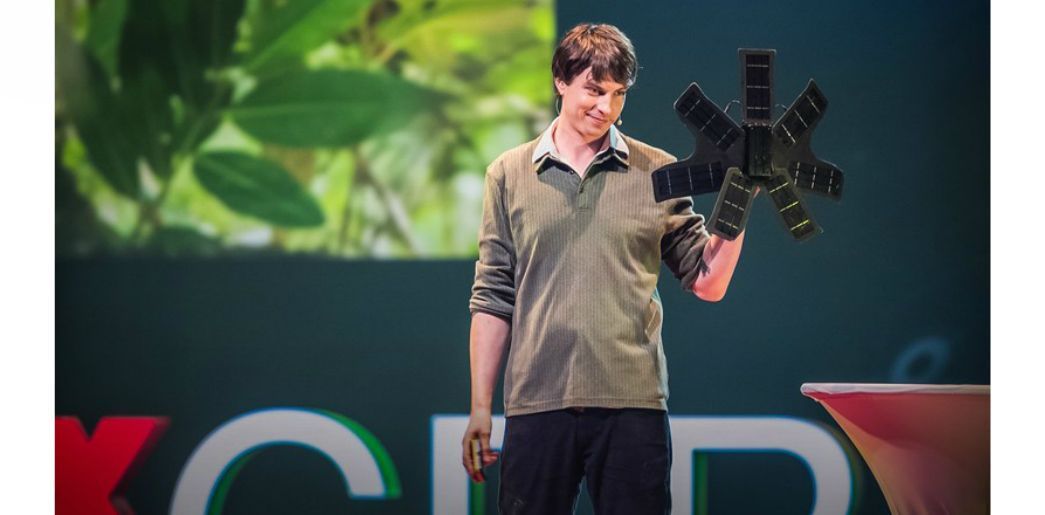AWARD YEAR
2021
CATEGORY
Community
GOALS
Industry, Innovation & Infrastructure, Responsible Consumption & Production, Life On Land
KEYWORDS
VR , super-computing, virtual tourism, architecture, digital commmunity
COUNTRY
Germany
DESIGNED BY
https://www.hlrs.de/en/home/
WEBSITE
https://www.hlrs.de/en/news/detail-view/2019-11-20/
Herrenberg’s digital twin
A small German town is using an advanced digital twin
Tourists may soon be able to explore the picturesque cross-timbered houses and historic churches of Herrenberg via virtual reality (VR), thanks to a digital twin developed with the High-Performance Computing Center Stuttgart (HLRS)
Just as the human skeleton provides a scaffolding for all of the other systems and functions of the human body, space syntax produces a 2D outline of physical grids in a city, offering a framework for performing spatial analysis, such as predicting the likely paths that car or pedestrian traffic might take to move from one point to another.
Emotions like joy and fear, the aesthetic experience of green space and architecture, and other emotion-driven factors play a major role in the success of urban design but are very difficult to represent in architectural models or simulations.
Citizens can see the area in a digital way, even before it is finished, and that brings a higher level of acceptance.





